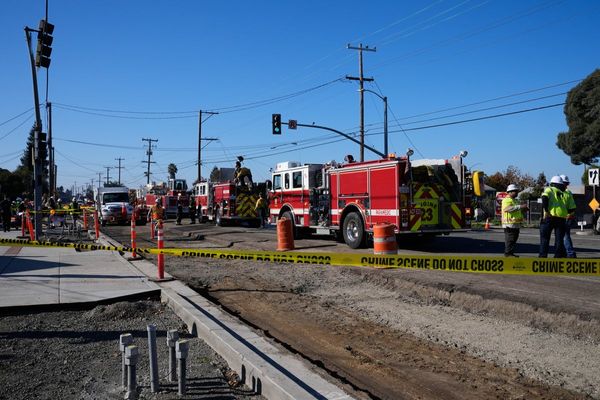
Elon Musk is slashing U.S. prices once again for both the Model Y and the Model 3 which together are responsible for over 95% of his vehicle sales.
While this is good news for new buyers, it raises more concerns among investors that demand is tailing off. Tesla has adopted a dynamic approach to pricing designed to match real-time new orders with factory supply, so changes are made in order to bring the two into equilibrium.
Coming so soon after a disappointing quarter, it raises the prospects of Wall Street earnings downgrades as the average selling price per vehicle will drop about 4% for most of its models.
“There’s no way to sugar coat this,” said veteran bull Gary Black, predicting imminent revisions to consensus estimates for 2024. Only 48 hours earlier, the Future Fund managing partner believed the launch of a new entry-level Model Y spelled the likely end of repeated margin-eroding discounts.
Gordon Johnson of GLJ Research argued the price cut was proof that the third quarter was not down to production downtime at key factories for retooling but rather flagging demand.
Addressing rivals like Black, Tesla’s most vocal bear asked: “Do you still contend the massive Q3 delivery miss was due to ‘line upgrades’?”
Musk shaved the price of the Model Y Long Range, Tesla’s single most important nameplate, to $48,990, representing a decrease of $2,000 versus its previous sticker price.
That means that over the course of this year alone, the carmaker has fully erased the preceding 24 months of hikes that saw the exact same model sell for $65,990 at the start of January. It’s now being offered below the $49,990 price from the start of 2021 despite the subsequent bout of high inflation.
The price cuts were however across the board, affecting the Model Y Performance, as well as all available versions of its sedan sibling, the Model 3.
Shares in Tesla, which reports third-quarter earnings on October 18th, are expected to open lower this morning on Thursday’s news.
Musk's motto? Sell now, profit later
It’s all but impossible to overestimate the importance of the Model Y line-up to Musk’s company as the single biggest driver of Tesla’s sales and profits.
The large and roomy mid-size crossover is the closest thing to an Apple iPhone you can find in the car industry: a premium product with excellent performance and range topped off with a high-tech infotainment system featuring the latest chips.
Thanks to the all-around value it provides for a consumer’s money and its widespread availability, (built in all four of Tesla’s car plants found on three separate continents) it’s now the world’s best-selling vehicle, period. In the U.S. electric car market, every third new EV sold is a Model Y.
The cuts come at a time when Americans are finding it increasingly difficult to afford financing for big-ticket items like a new car.
Even if the price of gas is reaching $6 a gallon in some parts of the country, soaring yields on benchmark U.S. government debt are pushing borrowing costs for average consumers into pain-inducing territory that some believe will invariably end in a recession.
During Tesla’s first-quarter earnings call in April, Musk told investors he would take a different approach to the rest of the industry and prioritize volume over profit, rather than the other way around.
Investors, however, had little to worry about when it came to earnings growth since Musk would make it up once he could sell existing owners Full-Self Driving software that no longer requires human supervision.
“It’s better to ship a large number of cars at a lower margin and subsequently harvest that margin in the future as we perfect autonomy,” he said at the time.
Musk, who has burned a number of customers with his FSD promises, has since also lowered the $15,000 price tag for the software as well. Previously he had claimed its price would only ever go up as it improved steadily over time.







